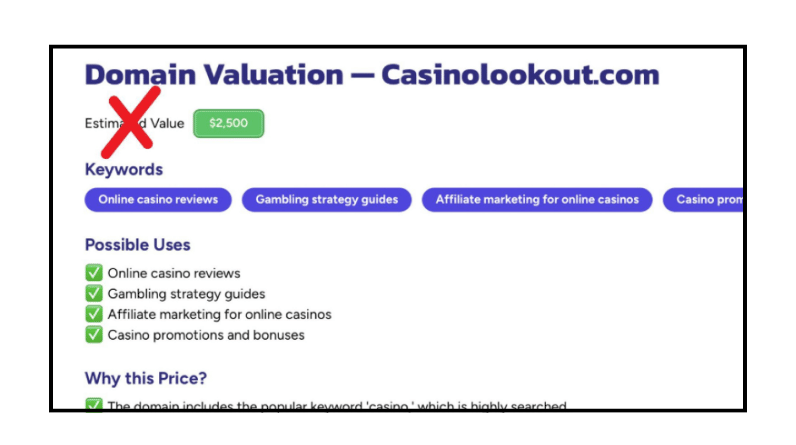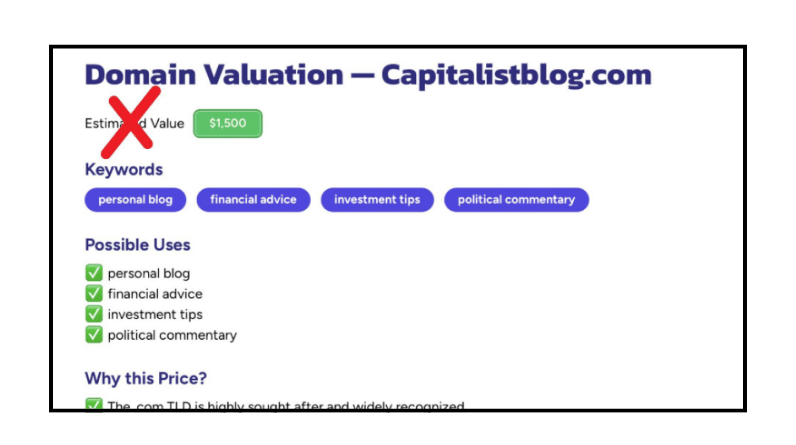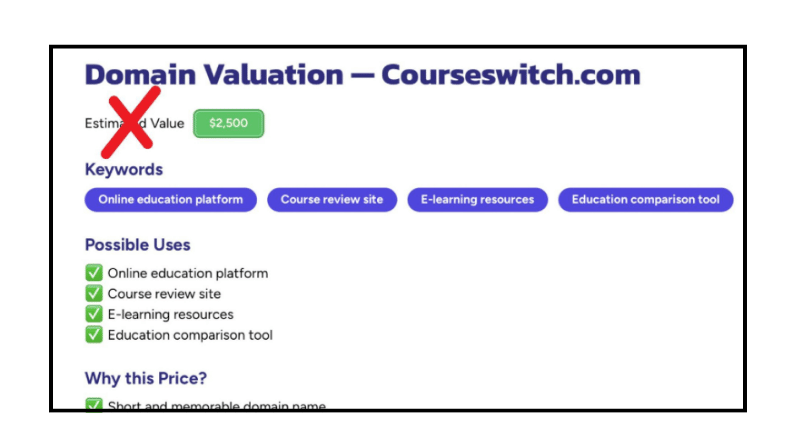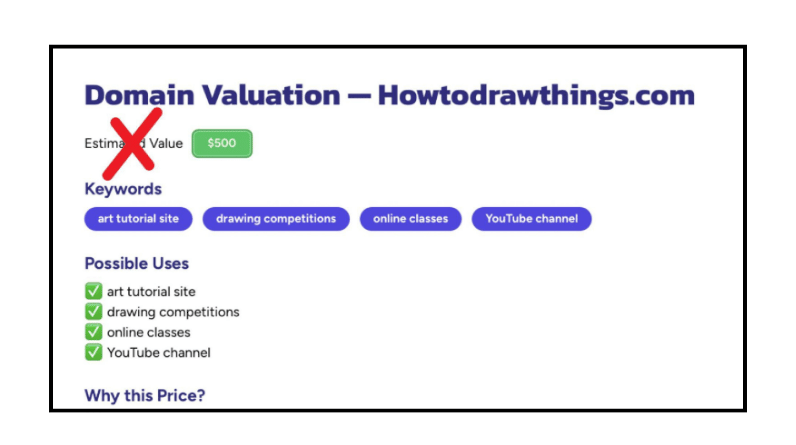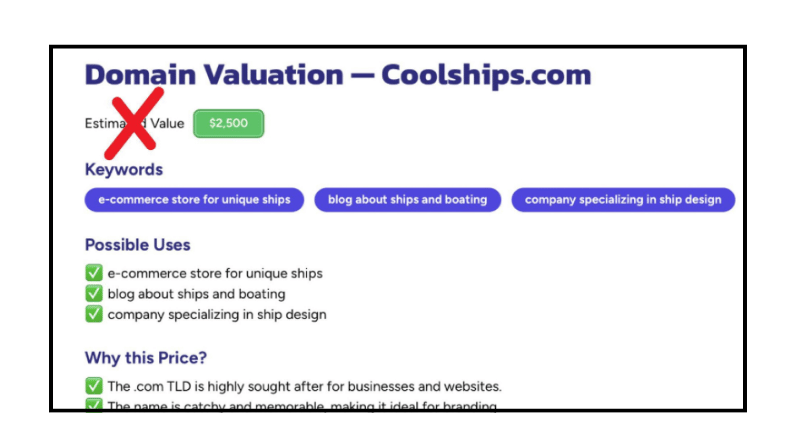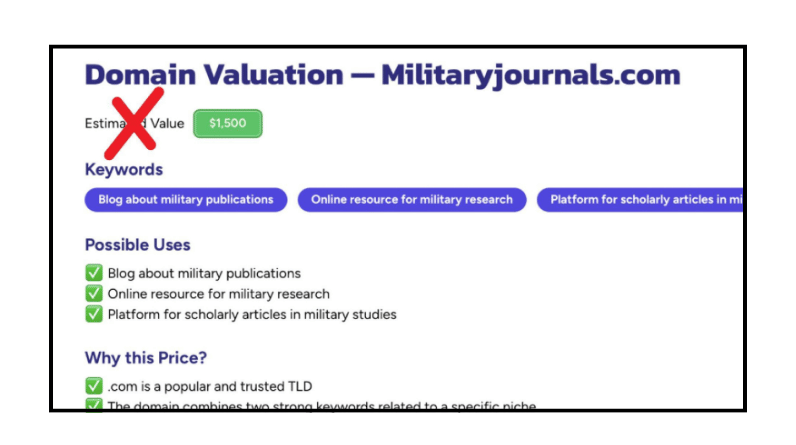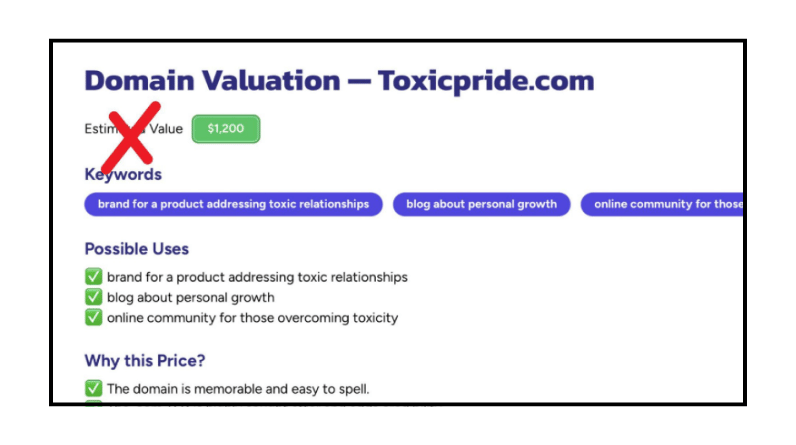
The name ToxicPride.com immediately sparks curiosity and intrigue, combining the intense emotions tied to “pride” with the darker, more destructive connotations of the word “toxic.” On the surface, the term “toxic pride” may seem contradictory, but it actually points to a nuanced conversation around identity, self-perception, and the potential harms of excessive pride. Whether you’re exploring personal growth, societal issues, or the impact of pride in relationships, ToxicPride.com would serve as a platform to dive deep into these complex topics. But what would someone searching for ToxicPride.com expect to find, and what does this domain suggest about the vision behind the site?
A Platform for Discussing the Dark Side of Pride
At its core, ToxicPride.com would likely explore the concept of pride in a more critical, introspective way. It could provide content that examines how pride, when taken to an extreme or manifested in unhealthy ways, can lead to destructive consequences in personal relationships, self-worth, and society at large. Visitors to the site would expect to find articles, discussions, and analyses that break down the psychology of pride—how it can turn toxic, the signs to watch out for, and ways to confront and address this behavior.
The site could offer resources for individuals looking to better understand how their pride may be negatively affecting their lives, relationships, or career. It might include self-help articles, exercises for self-reflection, and personal stories of overcoming the challenges associated with toxic pride. There would be a focus on healing and growth, with advice on how to cultivate humility, empathy, and a healthy sense of self-worth.
Navigating the Fine Line Between Confidence and Toxicity
While pride can be a source of strength, self-esteem, and accomplishment, ToxicPride.com would emphasize the line between healthy pride and toxic pride. The site could explore how to differentiate between the two—helping individuals understand when confidence turns into arrogance, self-assurance becomes entitlement, and healthy pride leads to destructive behaviors.
Content might delve into how toxic pride manifests in different areas of life, such as in leadership, romantic relationships, or in family dynamics. For example, articles could discuss how leaders or individuals in positions of power can let their pride blind them to their flaws, leading to alienation, poor decision-making, and resentment. In relationships, toxic pride may result in an unwillingness to apologize, the inability to listen to others, or an unhealthy obsession with being right.
Visitors would likely find tips on how to avoid crossing this line, with advice on fostering self-awareness, developing emotional intelligence, and practicing mindfulness. By taking an honest look at the ways pride can influence behavior, ToxicPride.com would provide a space for people to gain insights into their own actions and seek personal growth.
The Role of Toxic Pride in Society and Culture
Beyond the individual level, ToxicPride.com could also look at how toxic pride manifests on a broader societal scale. The website could explore the cultural and societal impact of collective pride, particularly in terms of national pride, group identity, and social movements. For example, it might delve into how pride in one’s nation or group can lead to exclusionary behavior, prejudice, or conflict, such as when pride turns into nationalism or supremacist ideologies.
The site could also tackle the intersection between pride and ego, addressing how both drive certain cultural dynamics, from competitive environments to the rise of “cancel culture.” This content would provide a more expansive view of pride’s influence, showing how it can shape public discourse, create division, or even lead to unhealthy power struggles within communities.
Self-Reflection and Personal Growth
ToxicPride.com would also likely serve as a resource for those who want to confront their own pride and work on personal growth. It could feature interactive tools like self-assessment quizzes to help individuals reflect on their behavior and identify signs of toxic pride. These assessments could include questions about how a person reacts to criticism, handles failure, or manages their relationships with others in positions of authority.
The website might also provide actionable steps for individuals looking to overcome toxic pride, focusing on emotional healing and the development of a more balanced self-perception. These steps could include practices such as journaling, therapy, mindfulness, or engaging in community service—activities that foster empathy, humility, and a healthy understanding of one’s place in the world.
Additionally, ToxicPride.com could include personal testimonials, interviews with experts, and success stories from individuals who have transformed their relationships with pride, offering hope and inspiration for those facing similar challenges.
Creating a Safe Space for Challenging Conversations
One of the most powerful aspects of ToxicPride.com would be its role in fostering open, honest, and sometimes difficult conversations about pride. In a world that often glorifies confidence, power, and success, the site would provide a space where visitors could explore the more uncomfortable aspects of pride. Through its articles, videos, and discussions, ToxicPride.com would encourage individuals to confront the darker side of pride and examine how it may be holding them back or harming their relationships.
The website might host forums or online communities where users can share experiences, ask questions, and engage with others who are working through similar struggles with toxic pride. This would create a sense of connection and solidarity, showing individuals that they are not alone in their journey toward self-improvement.
The Person Behind ToxicPride.com: A Thoughtful and Thought-Provoking Vision
The person behind ToxicPride.com would likely be someone with a deep understanding of human nature, psychology, and the complexities of self-perception. They would be dedicated to helping others explore the concept of pride, understand its impact, and overcome its more harmful manifestations. Whether the individual is a psychologist, life coach, writer, or someone with personal experience of dealing with toxic pride, they would bring a thoughtful and introspective approach to the content.
This person would be committed to creating a platform where difficult conversations about pride could take place without judgment, encouraging self-reflection and emotional growth. Their goal would be to help people understand the dual nature of pride, teaching them how to embrace a healthy sense of pride while letting go of the toxic, ego-driven behaviors that hinder personal and collective progress.
Conclusion: Confronting and Overcoming Toxic Pride
ToxicPride.com would serve as a powerful platform for exploring and understanding the complexities of pride—both the healthy aspects and the more destructive elements. The website would provide resources for individuals to confront and overcome toxic pride, fostering personal growth and emotional well-being. Whether it’s through articles, assessments, or community discussions, ToxicPride.com would offer insights and tools to help individuals cultivate a balanced sense of self-worth while letting go of harmful pride-driven behaviors. The person behind the website would be someone deeply invested in the emotional and psychological well-being of others, offering a space for reflection, healing, and transformation.

